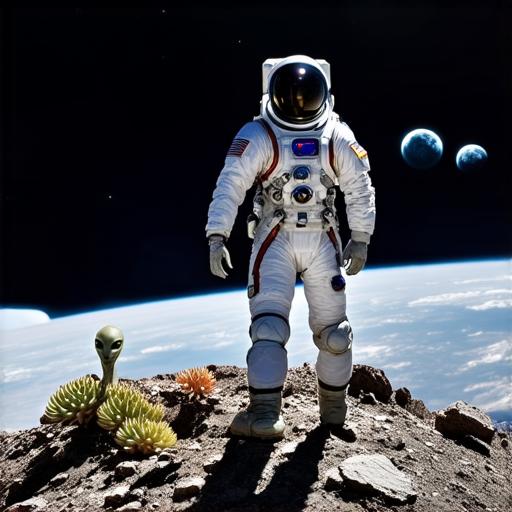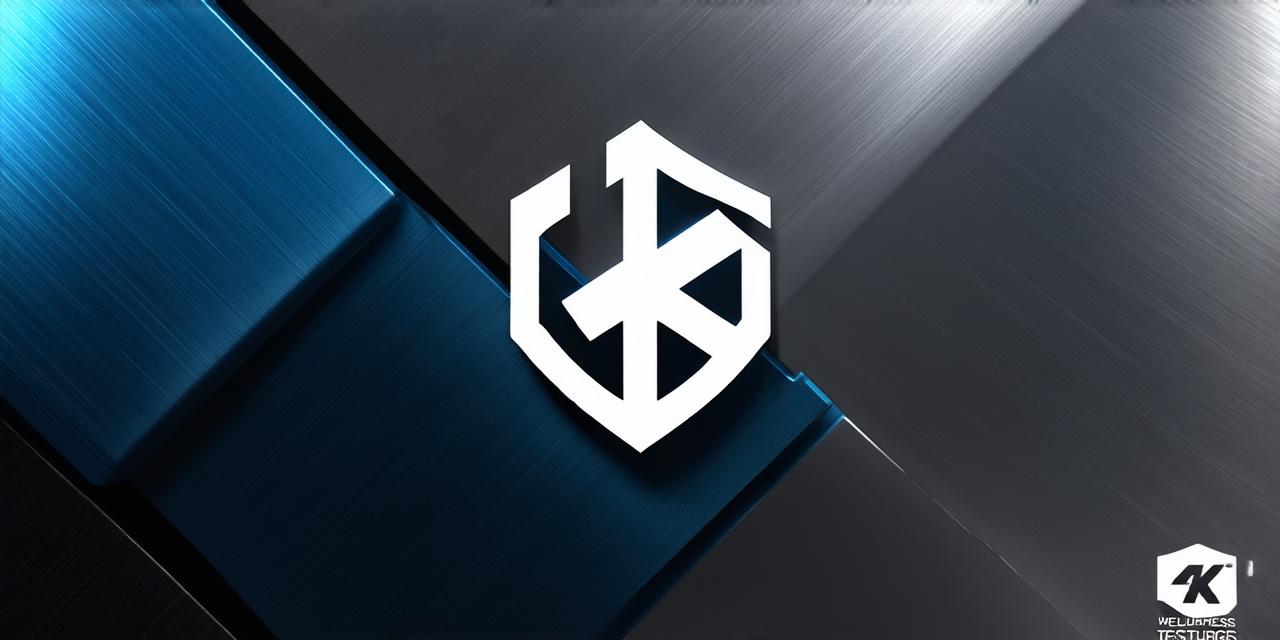Unity is a powerful game engine that has gained immense popularity in recent years due to its versatility and ease of use. While it was initially developed as a game engine, Unity has since expanded its capabilities to include a wide range of applications in 3D graphics, including virtual reality (VR), augmented reality (AR), interactive installations, and even architecture and urban planning. In this article, we will explore some of the most interesting and innovative applications of Unity in 3D graphics.
Virtual Reality (VR)
One of the most exciting applications of Unity is in virtual reality (VR). VR technology has come a long way in recent years, and Unity has played a key role in this development. With Unity, developers can create immersive VR experiences that transport users into new worlds and allow them to interact with their surroundings in ways that were previously impossible.
For example, the popular game “Beat Saber” was developed using Unity and is now available on a range of VR platforms. Similarly, Unity has been used to create educational VR experiences, such as virtual field trips to museums and historical sites, allowing students to learn in an engaging and interactive way.
Augmented Reality (AR)
Another exciting application of Unity is in augmented reality (AR). AR technology allows digital content to be overlaid onto the real world, creating a blend of virtual and physical elements. This has opened up a whole new range of possibilities for developers, particularly in areas such as marketing and advertising.
For example, IKEA’s “Place” app uses Unity to allow users to see how furniture would look in their home before making a purchase. Similarly, Coca-Cola used Unity to create an AR campaign that allowed users to see themselves with personalized messages on a Coke bottle.
Interactive Installations
Unity has also been used to create interactive installations and experiences that engage and entertain visitors. These installations can range from simple games and puzzles to more complex, immersive experiences that require the user to interact with their surroundings in unique ways.
For example, “The Room” is an interactive installation created by B-Reel using Unity. The installation allows users to explore a virtual room filled with objects and puzzles, each of which has its own unique solution. Similarly, “Pulse Room” is another interactive installation that uses Unity to create a virtual reality experience that responds to the user’s heartbeat, allowing them to see their own heart rate visualized in real time.
Architecture and Urban Planning
Unity has also been used in architecture and urban planning to create realistic simulations of buildings and cityscapes. This allows architects and planners to test and refine designs before they are built, saving time and money in the process.
For example, the City of Los Angeles used Unity to create a virtual model of their downtown area, allowing them to test different design options and see how they would look in real life. Similarly, the University of Michigan used Unity to create a virtual model of their campus, which has been used for planning and design purposes.
Case Studies
To illustrate the versatility and capabilities of Unity in 3D graphics, let’s look at some real-life examples of how it has been used in different applications.

Virtual Reality Game Development
One of the most well-known applications of Unity is in game development, particularly in virtual reality (VR) games. Unity’s ease of use and versatility make it a popular choice for game developers, and its extensive library of assets and tools make it easy to create high-quality VR games without needing extensive programming skills.
For example, the game “Job Simulator” was developed using Unity and is available on the Oculus Rift and HTC Vive platforms. The game allows users to simulate various jobs in a virtual environment, such as being a chef or a receptionist.
